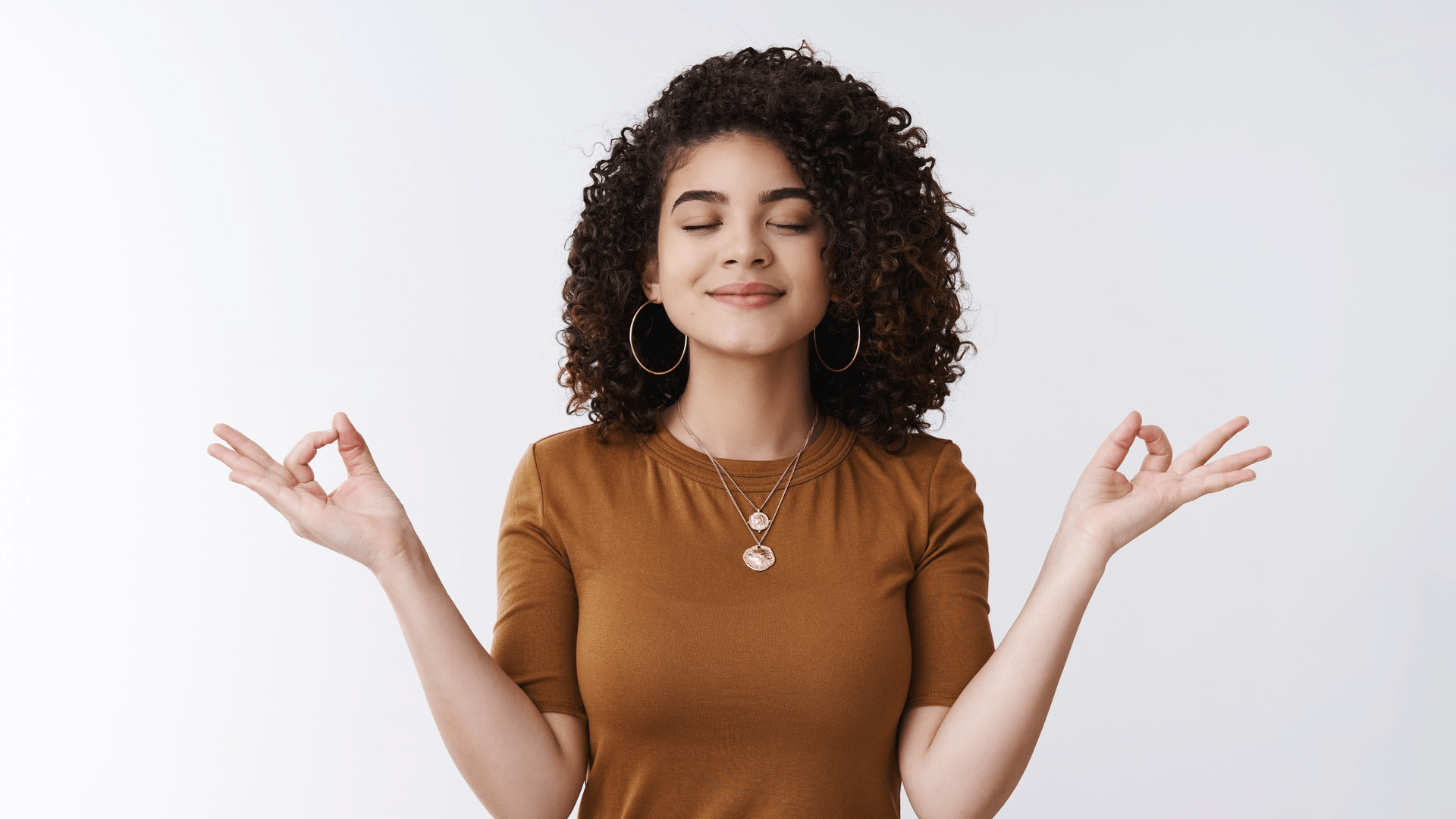Introduction
The ancient practice of Yoga exercises strongly advocates breathing exercises known as Pranayama. although these exercises involve various types of controlled breathing techniques. Prana means the fundamental element of life, and Yoga associates it with the process of breathing. However, breathing with alternate nostrils is the crucial aspect of Anuloma Viloma Pranayama. So one can practice Pranayama at any place with no need for any equipment.
Our Wellness Programs
What is anuloma viloma pranayama?
First, pranayama is a suitable breathing exercise to benefit the mind and body. So, breathing is necessary for obtaining oxygen from the environment. Oxygen is the main element of the Prana or life.
Although it aims at detoxification of the entire nervous system. However, it calms the mind and eliminates the harmful effects of stress in day-to-day life.
Now, anuloma Viloma pranayama is the Yogic breathing technique. So it belongs to the conscious breathing exercises under Pranayama, a branch of Yoga devoted entirely to breathing.
The prefixes Anu and Vi refer to ‘With and Against’ in the ancient Sanskrit language. Accordingly, the repetitive cycle of Anuloma Viloma pranayama has a cleansing effect of refreshing one’s mind.
Now the simple breathing exercise requires alternate inhalation and exhalation through different nostrils. It would help if you gently closed a nostril to restrict breathing while keeping the other nostril open. The process continues with alternate restrictions of both nostrils. The initial purpose of various breathing exercises was to tune the mind for practising multiple Yoga postures and routines.
The sheer simplicity of the Anuloma Viloma breathing technique makes it suitable for daily practice irrespective of the time and palace.
Visit United We Care to find ways to deal with stress.
Looking for services related to this subject? Get in touch with these experts today!!
Experts

Banani Das Dhar

India
Wellness Expert
Experience: 7 years

Devika Gupta

India
Wellness Expert
Experience: 4 years

Trupti Rakesh valotia

India
Wellness Expert
Experience: 3 years

Sarvjeet Kumar Yadav

India
Wellness Expert
Experience: 15 years

Shubham Baliyan

India
Wellness Expert
Experience: 2 years
How to do anuloma viloma pranayama
Anuloma Viloma is a time-tested breathing technique that is easy to practice anytime and anywhere. It would help if you closed alternate nostrils to inhale and exhale. For this reason, Anuloma Viloma is also known as Alternate Nostril Breathing.
- Begin by sitting in any meditative pose like Padmasana or Sukhasana.
- Keep your spine in an upright position.
- Rest your wrists on your knees by keeping your hands in a straight position
- Fold the index and middle finger of your right hand
- Close the right nostril by pressing the right-hand thumb
- Inhale deeply through your left nostril by keeping the right one in the closed position
- Hold your breath
- Now close the left nostril by pressing the tip of your ring finger on it
- Slowly open the right nostril while still holding your breath
- Release your breath slowly through the right nostril to complete one cycle
- Repeat the cycle by reversing the closure of the nostrils
Maintain the inhaling or exhaling period to be 2 seconds and hold the breath for 4 seconds between each inhalation and exhalation
The benefits of anuloma viloma pranayama
Anuloma Viloma Pranayama offers multiple advantages besides being a straightforward breathing exercise. It prepares you to explore different yoga postures by restoring your body’s equilibrium and mental peace. The following benefits are easy to perceive following the regular practice of this breathing exercise:
- Helps attain mindfulness
- Improves concentration
- Improves respiration
- Supports functions of the heart and lungs
- educes symptoms of bronchial asthma
- Facilitates metabolism
- Retards the effects of ageing
- Addresses stress and anxiety
- Promotes positivity and a sense of well-being
Therefore the regular practice of Anuloma Viloma has its advantages. So the yogic breathing technique aims at improving respiration and blood circulation. It ensures the proper distribution of oxygen across all organs since the exercise involves deep and slow breathing. It has several benefits in restoring the body’s metabolic activities.
You can practice anuloma viloma with other Yogic breathing exercises like Bhastrika, Bhramari, or Kapalbhati.
Tips for practicing anuloma viloma pranayama
- Begin your day with the Anuloma Viloma exercise to start with positive vibes
- Relaxing posture is essential as you will be focusing on breathing during Anuloma Viloma practice.
- You may sit in a chair while practising Anuloma Viloma if unable to sit in Padmasana.
- Focusing on your breathing is essential to derive maximum advantages from the Pranayama exercises.
- Try to keep your mind free from thoughts.
- Complete a maximum of ten rounds of Anuloma Viloma exercise
- Avoid holding your breath for a long time if suffering from any cardiovascular disorder or a respiratory infection like Covid-19
- Start practising Anuloma Viloma for one or two minutes initially and increase the time slowly as you gain confidence
- Be comfortable and avoid stretching the exercise beyond your comfort zone, as the primary aim of Anuloma Viloma is to achieve peace and relaxation.
- Meditating after practising Anuloma Viloma improves the stress-relieving effect of the breathing exercise.
- You can consider practising variations by changing which nostril closes first or the period of holding breath once you are confident.
Conclusion
Therefore the ancient breathing exercise Anuloma Viloma pranayama can deliver multiple health benefits. So regular practise of Anuloma Viloma pranayama helps reduce physical and mental stress. You can improve self-control, focus, and mindfulness by doing this exercise frequently. So anuloma Viloma Pranayam is suitable for all age groups. It restores respiratory and cardiac health.
According to Yogic principles, Anuloma Viloma and other Yogic breathing exercises help channel positive energy flow through the body. The positive energy eliminates the harmful effects of stress and calms the mind. Anuloma Viloma helps reverse the effect of free radicals and helps treat chronic lifestyle conditions.
Visit United We Care to consult eminent mental-health professionals.
https://en.wikipedia.org/wiki/Anuloma_pranayama

















